Stories of Saintly Siblings: When Holiness Runs in the Family. From Saints Cyril and Methodius, co-patrons of Europe, to Saint Benedict and Saint Scholastica, united in life and death, there are numerous stories of brothers and sisters who achieved sainthood together.
Contents [hide]
When does a person become a saint? By studying and retracing the many stories of saints passed down through hagiographic documents with liturgical significance, such as martyrologies and calendars, and through devotional narrative texts, like the Passions, miracle stories, and relics, as well as iconographic representations in sacred art or those related to worship, we discover that for many saints, the path to holiness began in the family. Consider Saint Augustine, perhaps one of the most significant examples. His mother, Saint Monica, dedicated her entire life to correcting his bad habits and steering him away from sin and debauchery until she convinced him to seek guidance from Saint Ambrose and choose the path of holiness. Saint Augustine was eternally grateful to his mother, as he wrote in his Confessions.

Saint Monica: patron saint of mothers and example for women
Saint Monica of Tagaste was a woman endowed with extraordinary strength of mind and unwavering faith…
But there are also stories of saints who embarked on the path to Grace, and often to martyrdom, alongside their brother or sister. United in holiness as in life, serving as models and encouragement for one another, sometimes even martyred together in the name of their faith, these men and women represent an admirable example of how within the same family, not one but two, and sometimes more, instances of beatitude can emerge. It is natural to think that these saintly siblings inspired, encouraged, and supported each other, as only siblings can.

Holy Martyrs: sacrificing one’s life in the name of God
The Holy Martyrs are men and women, often very young, who sacrificed their lives for the love of God, and for this reason…
Let’s see the lives of the Famous Saintly Siblings
Saints Donatian and Rogatian
In Nantes, in the Loire Valley, two stone crosses commemorate Saints Donatian and Rogatian. Both were young—Donatian was already baptized, and Rogatian was still a catechumen—but both preached the Word of God. This drew the persecution of Emperor Maximinus upon them. Arrested together, they spent the night in prayer, then were tortured, flayed, and killed. Their remains were placed together in a stone sarcophagus, and their cult is one of the most widespread in the Loire Valley and France. Their liturgical memorial is on May 24.
Saints Cyril and Methodius
When speaking of Saint Benedict, patron of Europe, it is inevitable to mention Saints Cyril and Methodius, his co-patrons. Originally from Thessalonica in Greece, they were among the principal evangelizers of the Slavic peoples in the 9th century AD and became their patrons. Sons of a military governor, they witnessed the conflicts and tensions between the Eastern and Western Churches and travelled to Rome, where they met Pope Nicholas I, who established the methods of evangelizing the Slavic populations and the appropriate language to use.
In Rome, Methodius took his vows, and so did Cyril (whose original name was Constantine), who fell ill and died, being buried at the Basilica of San Clemente. The two saintly brothers led very adventurous lives. At one point, they were even captured and sold as slaves in Venice. It was Pope John Paul II who, in 1980, declared them co-patrons of Europe, alongside Saint Benedict of Nursia.

The saints that changed the world
The history of Europe and of the Western world as we know them goes through many and constant political…
Saints Martha and Lazarus
On July 29, we celebrate Martha, Mary, and Lazarus, the holy friends of Jesus. We know they lived in Bethany, not far from Jerusalem. Martha was the caregiver, concerned with the house and the well-being of her brother, sister, and their guest, Jesus, ensuring He always had food and drink and could feel at home. Mary, seated at Jesus’ feet, eagerly absorbed His words, while Lazarus, discreet, watched over his sisters and friend like a silent guardian. When Lazarus suddenly fell ill and died, Martha wept before Jesus, saying that if He had been there, Lazarus would not have died. In response, Jesus brought Lazarus back to life. According to the Golden Legend, after Jesus’ death, the three siblings from Bethany went to France to preach His Word, and Lazarus became the first bishop of Marseille.
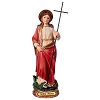
Saint Benedict and Saint Scholastica
Saint Benedict of Nursia, Patron of Europe, had a sister, in fact, a twin sister, who was also a saint: Saint Scholastica. She was devoted to religious studies from a young age, just like her twin brother, by their father’s will. Together with Benedict, she fled from Rome and its dissolute life to retire to a monastery near Nursia, where she took a vow of chastity and renounced worldly possessions. Although she couldn’t stay with Benedict, who had become a hermit, she never stayed far from him. Whenever possible, she visited him in Subiaco, where he was building the Abbey of Montecassino. Scholastica also established a monastery, just 7 kilometres from her brother’s, in Piumarola, where she founded the female branch of the Benedictine Order, the Benedictine nuns. The siblings would meet halfway from time to time to pray and talk together. When Scholastica felt her death approaching, she begged Benedict to stay with her. When he refused, unable to break the Rule he had written, Scholastica prayed fervently to God. A violent storm forced Benedict to delay his departure and stay by her side. A few days after their last meeting, Scholastica passed away.

St. Scholastica, the sister of St. Benedict of Norcia
On Feb. 10, the Church commemorates St. Scholastica, sister of St. Benedict of Norcia, patroness of Benedictine…
Saints Andrew and Peter
Perhaps not everyone remembers that in the Gospels, the first apostle we meet is not Peter, chosen by Christ as His successor, nor John, the beloved disciple, but Andrew, the fisherman. And Andrew was the brother of Simon Peter. Like his brother, Andrew was a fisherman from Bethsaida in Galilee, following the teachings of John the Baptist. One day, he saw Jesus passing by, whom the Baptist called the Lamb of God. Inspired by these words, Andrew ran to his brother Simon Peter, declaring with conviction, “We have found the Messiah!” Andrew appears in other gospel passages and was, of course, present with the other Apostles and Mary in Jerusalem after the Ascension, on the day of Pentecost. He was martyred in Greece after spreading the Word in Asia Minor and Russia. He was crucified upside down on an X-shaped cross, which has since been known as St. Andrew’s Cross.
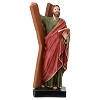
Saints Marcellina and Ambrose
In the case of Saints Marcellina and Ambrose, there are actually three saintly siblings: Saint Satyrus, Ambrose’s twin brother, should also be counted among the family saints. Satyrus was a lawyer, provincial prefect, and administrator of the family estates. Marcellina was the eldest and raised her brothers after their father’s death. She consecrated her virginity to God, receiving the veil of virgins from Pope Liberius on Christmas Day in 353 AD. For this, her brother dedicated the treatise “De virginibus” to her. Marcellina devoted her life to study, prayer, and good works, always serving as a precious role model for her younger brothers, especially Saint Ambrose.
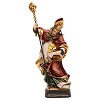
Saints Cosmas and Damian
Lastly, we remember the saintly doctors, Cosmas and Damian, to whom we have dedicated a previous article. Also twins, they lived in the 4th century and were both physicians from Arabia. Along with their three younger brothers, Saints Anthimus, Leontius, and Euprepius, they preached the Word of God, saving souls in addition to curing bodies, often without asking for any compensation. All five were martyred during the terrible persecution initiated by Diocletian. Specifically, Saints Cosmas and Damian were stoned, flogged, crucified, struck with darts and spears, thrown into the sea with a rock tied around their necks, burned in a blazing furnace, and finally beheaded along with their younger brothers. They are celebrated on September 26.
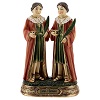

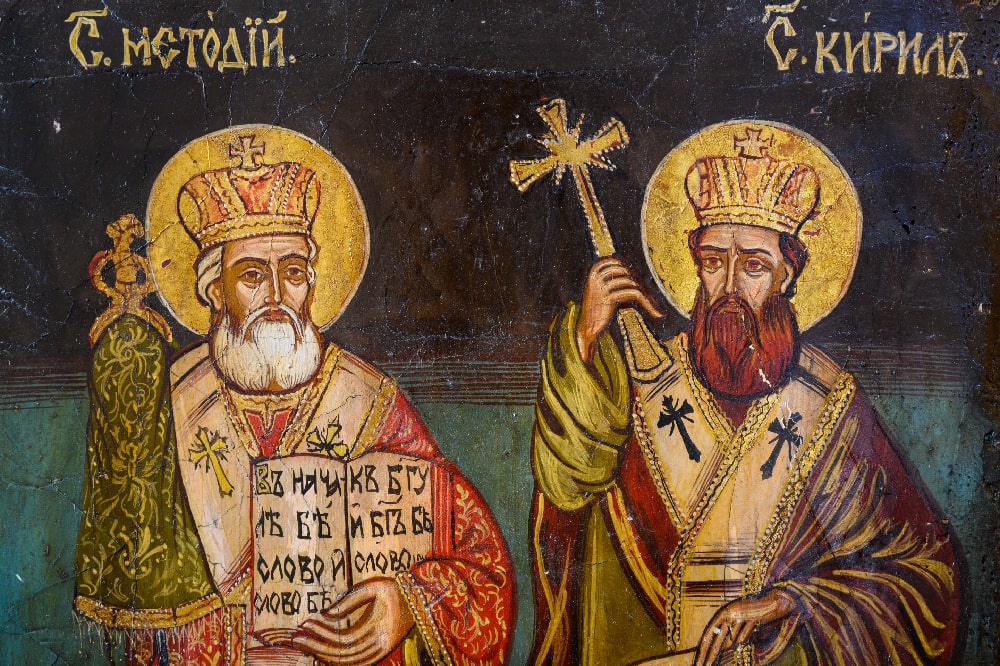


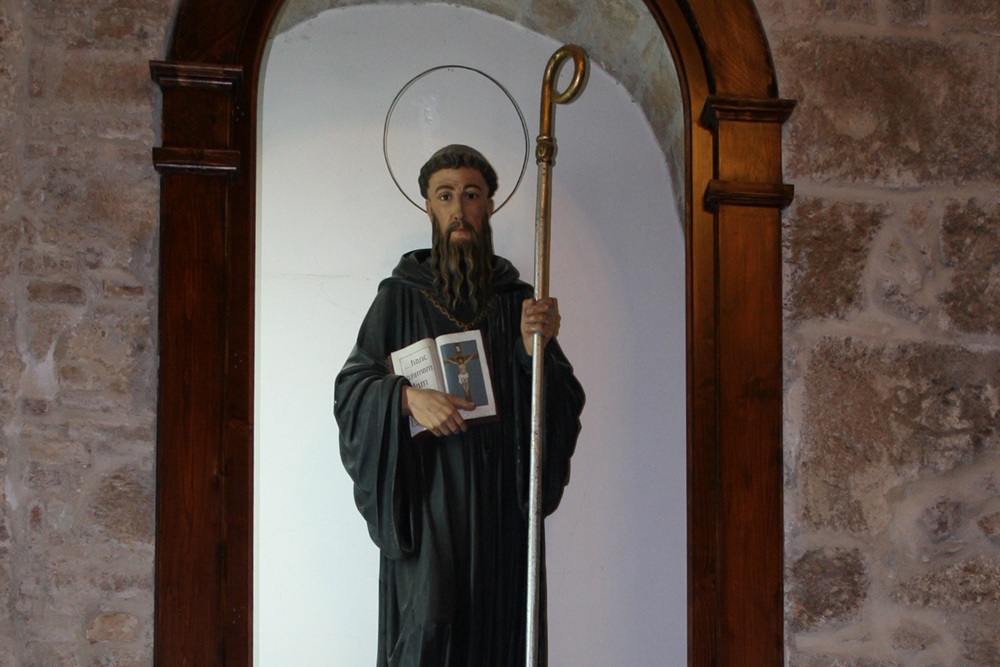


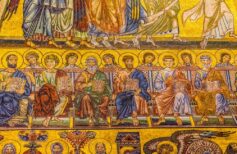


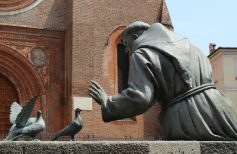








 19 March 2025
19 March 2025






